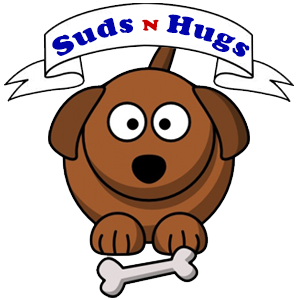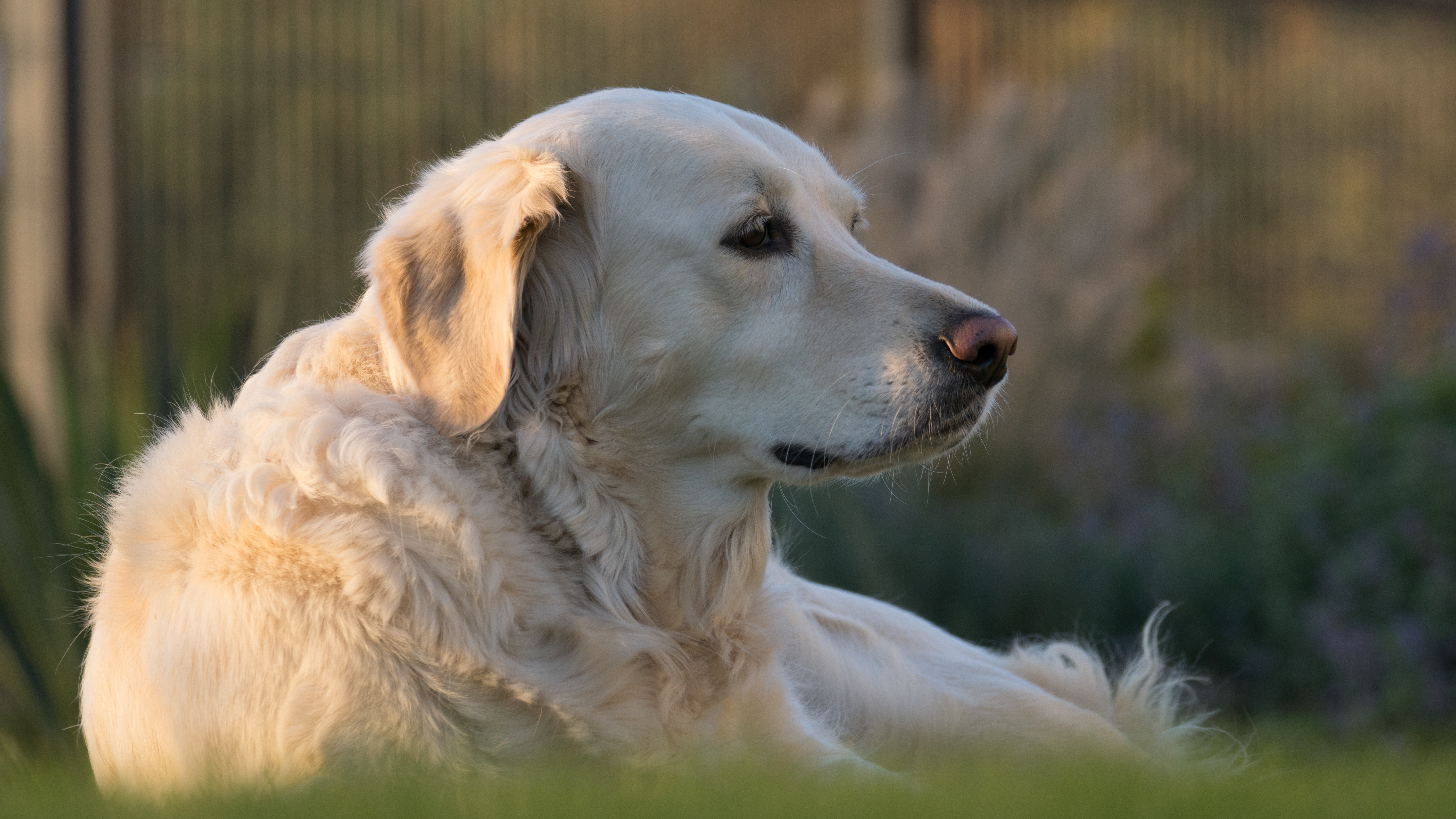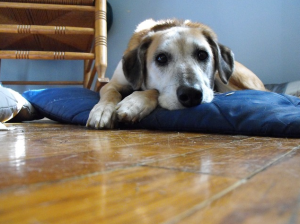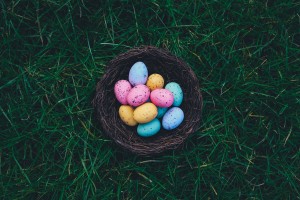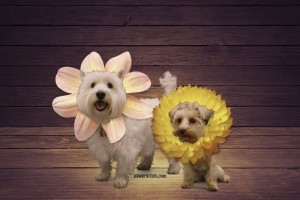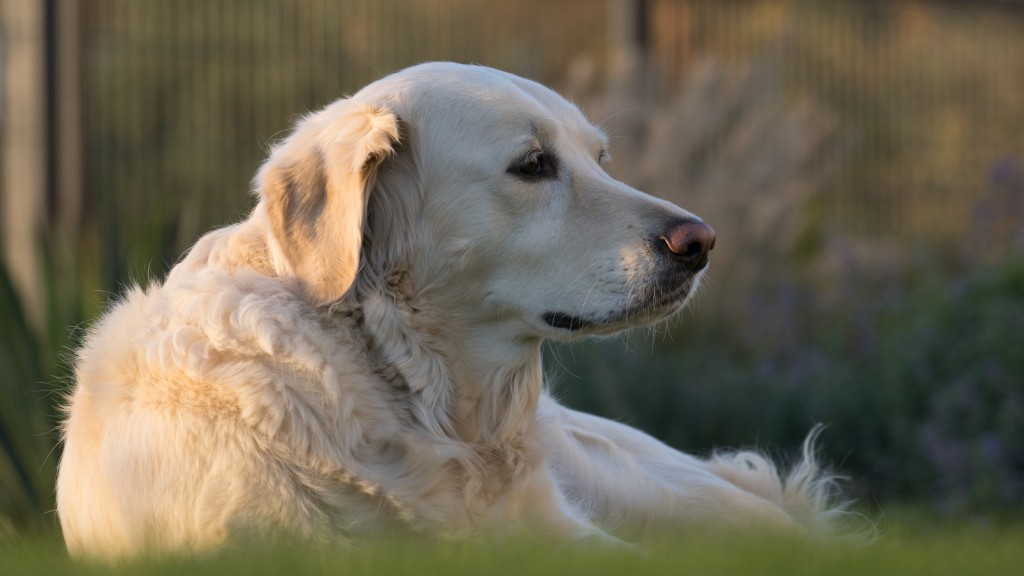
Knowing your dog’s age is essential to giving them the optimal care. It helps determine the most appropriate time for preventative health protocols, such as vaccination and de-worming, and the best time to test for common diseases, such as heartworms. However, when adopting a dog, it can be hard to estimate their age. Here are some ways to estimate how old your dog is.
Puppy
Anyone can spot a puppy. They have pretty obvious body characteristics; paws that are too large for their size, excess and loose skin, and a more playful attitude. However, the best way to determine the age of a puppy is by looking at their teeth. Baby teeth should pop up between 3 and 6 weeks of age. Adult teeth should appear between 12 and 16 weeks at the front of their mouth and between 16 and 24 weeks toward the back.
Adult
With adult dogs, it is not an exact science. Signs of aging in adult dogs vary based on breed, lifestyle, and medical history. They also vary in size with smaller breeds tending to live longer than larger breeds. In general, as dog’s age, look for signs of hearing or vision loss. Also, check their mobility and take a look for cracked or loose teeth.
No doubt, the best person to estimate your dog’s age is your vet, but here are a few things to look at.
Signs of Graying
As dog’s age, many will get gray hair. However, this process begins at varying ages and progresses at different rates. Just like how some humans gray in their 40’s and other in their 70’s, the same is with dogs. Greying, particularly in the muzzle, suggests a mature adult dog but does not provide a closer estimate of age than that. This is also dependent on the breed as Golden Retrievers will often start graying as early as 4 or 5 years. Whippets, Italian Greyhounds, and Poodles also can be inherently gray regardless of age.
Gaze into Your Dog’s Eyes
As dog’s age, the part of the eye that refracts and focuses light (the lens) will begin to change. You may see a mild bluish-gray discoloration or cloudiness if you look closely into the eyes of middle aged or older dogs. This is called lenticular sclerosis and this condition typically appears when dogs are around 6 to 8 years of age. But lenticular sclerosis shouldn’t be confused with cataracts, which can lead to blindness and is also marked by a cloudy lens. Teenage dogs can start showing signs of incomplete cataracts, which will typically progress to complete cataracts. Boston Terriers, French Bulldogs, and Staffordshire Bull Terriers are also predisposed to juvenile cataract formation at a very young age before they are 2 years old.
Teeth
Like humans, dogs have two sets of teeth-baby and adult. Unlike humans, whose adult teeth begin to emerge in late childhood and early adolescence, adult teeth for dogs will emerge in the first 6 months of life. After a dog’s adult teeth have erupted, there isn’t an accurate way of aging a dog based on their teeth. Teeth can change over time by accumulating tartar, stains, and other signs of disease, but the rate of these changes depends on face shape, breed background, diet, and the dental care that is provided.
Study Your Dog’s Behavior
Young dogs around 1 to 2 years of age will often be very active and energetic. As many dogs age, their activity levels begin to decline. They may have difficulty getting up or down, have trouble walking or climbing stairs, and may sleep more than usual. Older dogs may also wake up in the middle of the night or start having accidents in the house.
How Fit Is Your Dog?
Younger dogs tend to be lean, fit, and flexible, while older dogs often gain weight. Weight gain is typical around middle age. In their senior years, dogs will tend to lose weight and develop decreased muscle tone. Part of this is because when dog’s age, they will become less active, more likely to nap, and have a slower metabolism. They also experience aches and pains as they age and can develop pain or discomfort due to arthritis.
No matter your dog’s age, they always need to look great! Bring them to Suds-N-Hugs! With all-natural grooming products, we will make your best friend look, smell and feel their best!
